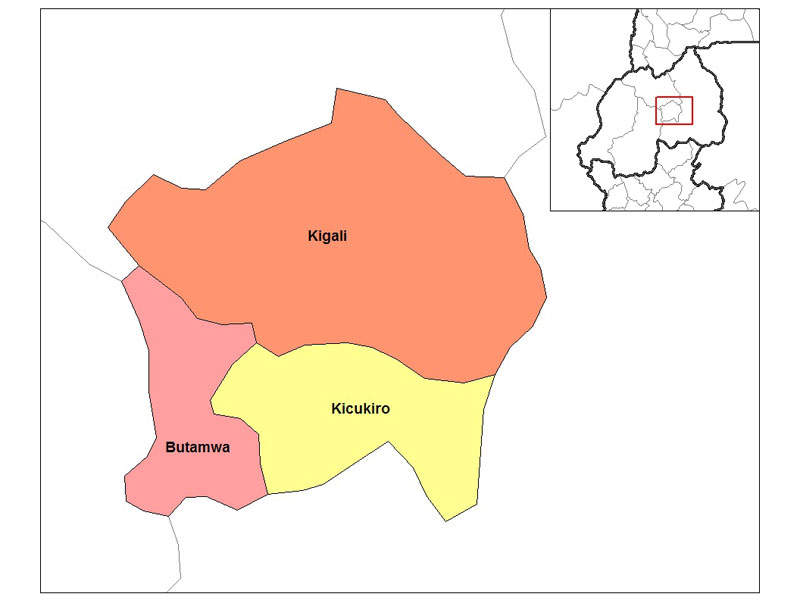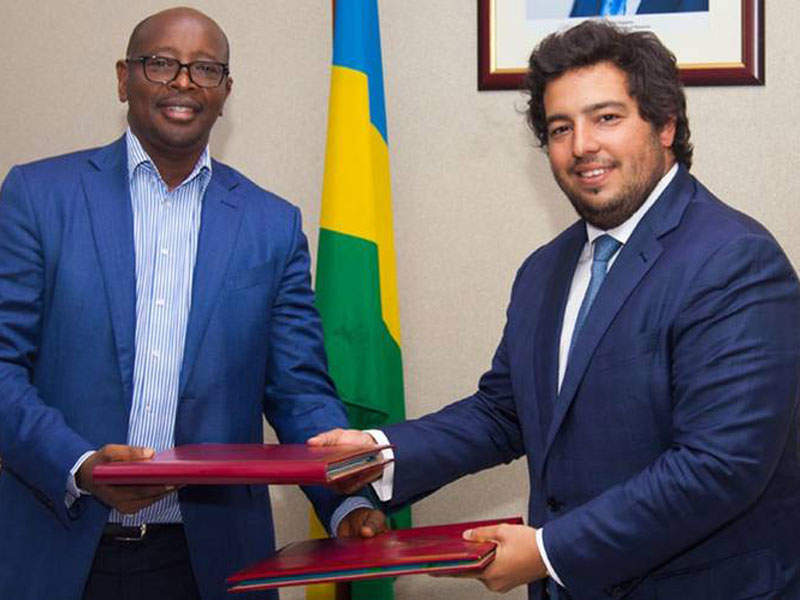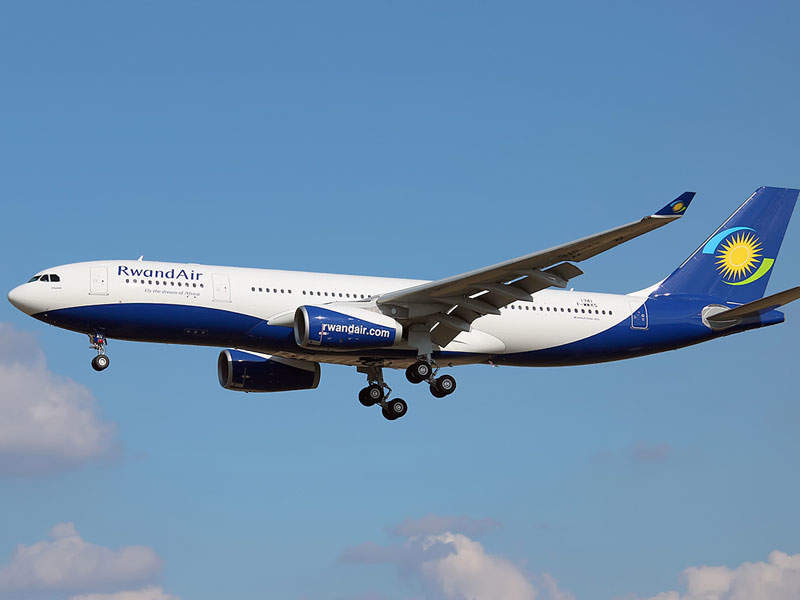Bugesera International Airport (BIA) is currently under construction in the Bugesera District, approximately 25km south-east of Kigali, the capital city of Rwanda. It will replace the existing Kigali International Airport.
The new airport is expected to handle approximately 1.7 million passengers a year initially, and three million passengers by 2030. The airport will initially have an initial peak hour capacity of 450 passengers.
Scheduled to start operations in 2018, the new airport will serve as a world-class gateway to Rwanda, with the potential to become a key hub for airlines operating to and from the regional airports of Rwanda and other neighbouring East African nations.
Details of the new airport in Rwanda
In September 2016, the Government of Rwanda, through Aviation Travel and Logistics Holdings (ATL), signed a public-private partnership (PPP) agreement with Mota-Engil Engenharia e Construcao Africa to develop the Bugesera International Airport.
Mota-Engil is responsible to finance, build and operate the airport for a period of 25 years, under the concession agreement. The contract also includes an option to extend the concession for additional 15 years. The project, with an initial investment of $418m, is expected to be completed by December 2018.
The airport will feature state-of-the-art facilities and infrastructure to meet the requirements of the rapidly developing air transport sector of Rwanda. It will also offer maximum flexibility to meet the operational requirements and support the future expansions.
Construction of Bugesera International Airport
The airport will be completed in two phases, with the phase one involving the construction of a passenger terminal and a cargo terminal building, a 4.2km-long runway, an airfield , and other buildings. The runway is designed to handle the big commercial aircraft.
Key infrastructure to support the airport’s operation, including air traffic control tower building and airport rescue and fire-fighting facilities, will also be built under the first phase.
Phases two through four will further expand the airport to increase its passenger and aircraft handling capacities. The phases will involve the construction of a second runway and additional passenger and cargo terminals. Future expansions will increase the airport’s capacity to 4.5 million passengers a year.
The site clearance works began in October 2016 and construction is being carried out on a green-field site with no major services or utility systems.
Contractors involved
ACV / ADM was awarded a contract by Mota Engil Africa to develop strategic concept, traffic forecast, business plan, master plan, conceptual design and preliminary design for the new airport project.
TPS is responsible for provide master-planning and concept design for the structures and infrastructure, and detailed design for the airside infrastructure and systems. The company offered design services for aircraft pavement, airfield, and fuel and fire-fighting systems, as well as aeronautical ground lighting and navigation aids.
GIBB Africa provided detailed design for the landside infrastructure and detailed architectural, structural, electrical and mechanical engineering for buildings, including passenger and cargo terminal buildings.
GIBB Africa also prepares tender documents, detailed environmental and social impact assessments, as well as the re-settlement action plan. The company also conducted topographical survey and geotechnical investigations for the project.
Egis was contracted to provide design review and supervision services, which included the evaluation of drawings, construction methods, health and safety requirements, and specifications of materials and equipment for the project.





